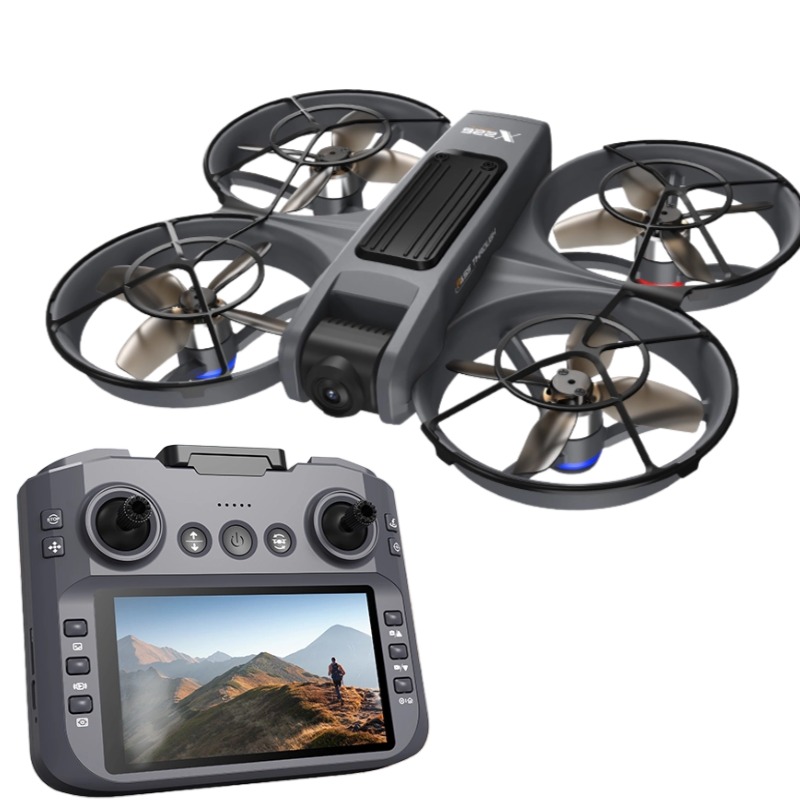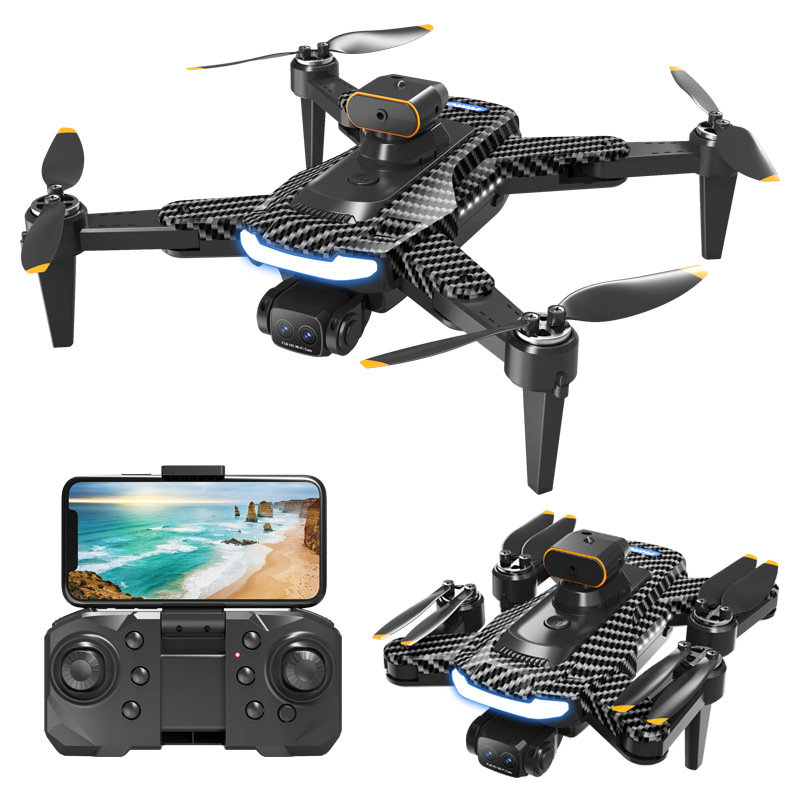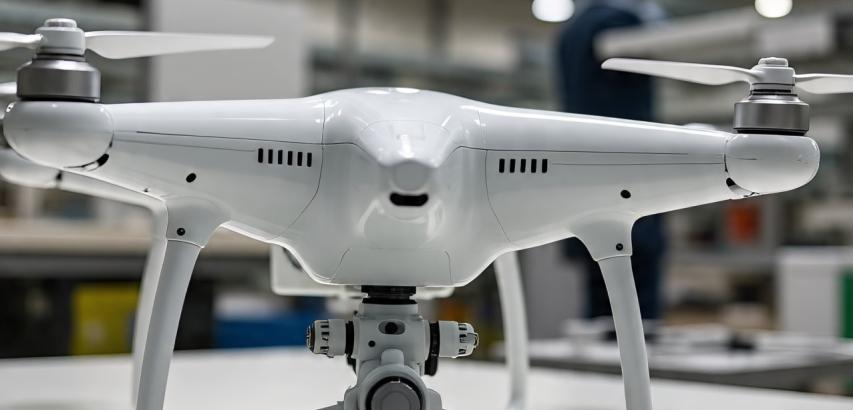Quality control (QC) at a drone manufacturing facility is a critical process that ensures each drone produced meets specific performance, safety, and reliability standards. With drones being used in fields such as aerial photography, agriculture, surveillance, logistics, and defense, any defect can lead to serious operational risks or failures. Therefore, a comprehensive QC system is essential for maintaining product integrity, customer satisfaction, and regulatory compliance.
Key Stages of Quality Control in a Drone Factory
Incoming Material Inspection
All raw materials and components (motors, propellers, sensors, circuit boards, batteries) are inspected upon arrival.
Checks include:
Dimensional accuracy
Electrical specifications
Certifications and compliance with safety standards
Defective or substandard components are rejected immediately.
Assembly Line Quality Checks
Each stage of the assembly process is monitored by trained QC personnel.
Examples include:
Ensuring correct installation of motors and flight controllers
Solder joint inspection for circuit boards
Cable management and connector integrity
Use of torque tools and automated machines helps ensure consistency.
Software & Firmware Testing
Drones are loaded with the latest firmware and control software.
Pre-flight checks include:
Calibration of GPS, gyroscopes, and accelerometers
Communication between the drone and the remote controller or ground station
Verification of fail-safe and return-to-home features
Functional Testing
Once assembled, drones go through functional tests to simulate real usage.
These tests include:
Motor and propeller spin-up
Battery performance and power distribution
Range and signal strength testing
Flight control responsiveness and GPS lock performance
Flight Testing
Every drone is test-flown under controlled conditions.
Engineers verify:
Stability and balance
Autonomous flight modes (hover, waypoint navigation, return to home)
Camera gimbal performance (if applicable)
Noise levels and flight duration
Flight logs are recorded for traceability.
Environmental & Stress Testing
Random samples are subjected to stress testing such as:
Vibration resistance
Temperature extremes (cold and hot)
Waterproof or weatherproof testing (for outdoor drones)
Shock resistance from minor impacts
Final Inspection & Packaging
After passing all tests, each drone is cleaned, labeled, and inspected again.
Serial numbers are logged, and a final QC stamp is applied.
Accessories, documentation, and batteries are carefully packaged to ensure safe delivery.
Tools & Technologies Used in Drone QC
3D scanners for dimensional analysis
Oscilloscopes and multimeters for electronic testing
Wind tunnels and simulation environments
Automated optical inspection (AOI) for PCB quality
Drones flight data analytics platforms
Importance of Quality Control in Drone Manufacturing
Safety: Prevents flight malfunctions and accidents.
Reliability: Ensures drones perform consistently across conditions.
Compliance: Meets industry regulations (e.g., FAA, CE, ISO).
Reputation: Strengthens brand trust and reduces returns or recalls.
Customer Satisfaction: Delivering dependable, ready-to-fly products.
Quality control in a drone factory is a multi-layered, high-precision process that involves everything from component testing to real-world flight simulations. By implementing rigorous QC protocols at every production stage, manufacturers can ensure their drones are safe, efficient, and ready to meet the diverse demands of today’s commercial, industrial, and recreational drone users.
 |  |  |
Buy Drone - Amazon
 |  |  |
